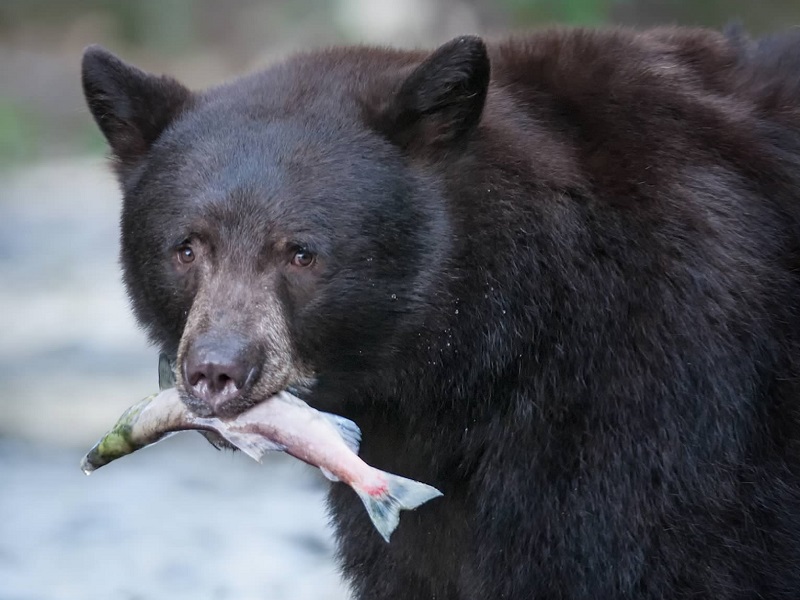September 7th marks the second annual celebration of California Biodiversity Day, an event set to celebrate our beautiful and species-rich state. Biodiversity refers to the variety of life at the genetic, species, and ecosystem level, and as the state with the most species of plants and animals in the U.S., we have a lot to celebrate!
Biodiversity Day is not only about celebrating our wildlife; it is also about protecting it. On September 7th, 2018, Governor Jerry Brown launched the California Biodiversity Initiative to integrate biodiversity protection into the state’s environmental and economic efforts in order to keep species secure and protect them from climate change and other threats. This initiative was the origin of California Biodiversity Day.

American black bear (Ursus americanus). Photo by Jan Dawson.
Along with being the state with the highest number of species, California is also one of the most biodiverse regions in the world and is classified by Conservation International as one of 36 Global Diversity Hotspots. California is home to over 30,000 species of insects, 6,500 plants, 650 birds, 220 mammals, 100 reptiles, 75 amphibians, and 170 species of fish and marine mammals. This species richness is likely due to our rich Mediterranean climate as well as our state’s complex geology and geography, allowing for the existence of many different habitats and biomes for a variety of different species to live in.

California poppy (Eschscholzia californica). Photo by Laura Shaskey.
This year, several partners will be hosting both virtual and in-person events from September 5th through September 13th in celebration of California Biodiversity Day 2020. These events include bioblitzes on iNaturalist, lectures highlighting various California species, and online arts and crafts activities for kids. For more information about this year’s events, please see the California Biodiversity Day 2020 web page.
We encourage you to get outside and celebrate the wonderful biodiversity that our state has to offer! If you happen to find a rare California plant or animal, be sure to submit your sighting through our Online Field Survey Form.